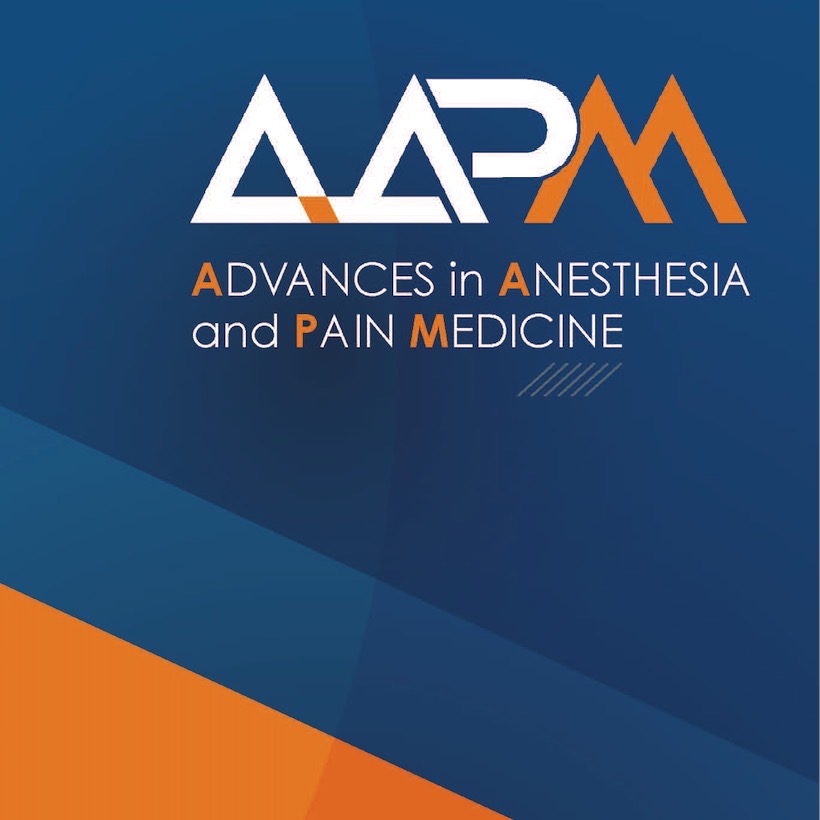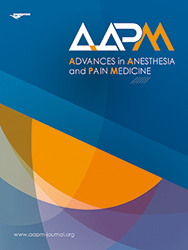Comparative efficacy of pericapsular nerve group block versus fascia iliaca block in postoperative analgesia for total hip arthroplasty: a retrospective observational study

All claims expressed in this article are solely those of the authors and do not necessarily represent those of their affiliated organizations, or those of the publisher, the editors and the reviewers. Any product that may be evaluated in this article or claim that may be made by its manufacturer is not guaranteed or endorsed by the publisher.
Authors
Effective postoperative pain management is essential to optimize outcomes in total hip arthroplasty (THA). While the fascia iliaca (FI) block has been commonly used, the pericapsular nerve group (PENG) block has emerged as a potentially more targeted alternative. This study aimed to compare the analgesic efficacy and safety of the PENG block versus the FI block in patients undergoing elective THA. In this retrospective observational study, 30 patients scheduled for primary elective THA were divided into two groups: one receiving an FI block (40 mL of 0.25% ropivacaine + 4 mg dexamethasone) and the other a PENG block (20 mL of 0.25% ropivacaine + 4 mg dexamethasone), both performed under ultrasound guidance. Pain scores were assessed using the Numeric Rating Scale (NRS) at 0, 6, 12, 18, and 24 hours postoperatively. Additional outcomes included opioid consumption, time to ambulation, and adverse events. The PENG group reported significantly lower NRS scores at all time points (p<0.05), with the most pronounced difference observed immediately postoperatively and at 24 hours. Time to ambulation was significantly shorter in the PENG group (9.2±2.1 hours vs. 11.6±2.8 hours; p=0.01). Opioid consumption and incidence of adverse events were similar between groups. The PENG block provided superior early postoperative analgesia and facilitated earlier mobilization compared to the FI block in patients undergoing elective THA, without increasing opioid use or complications. These findings support its integration into multimodal analgesic protocols for hip surgery.
How to Cite

This work is licensed under a Creative Commons Attribution-NonCommercial 4.0 International License.









